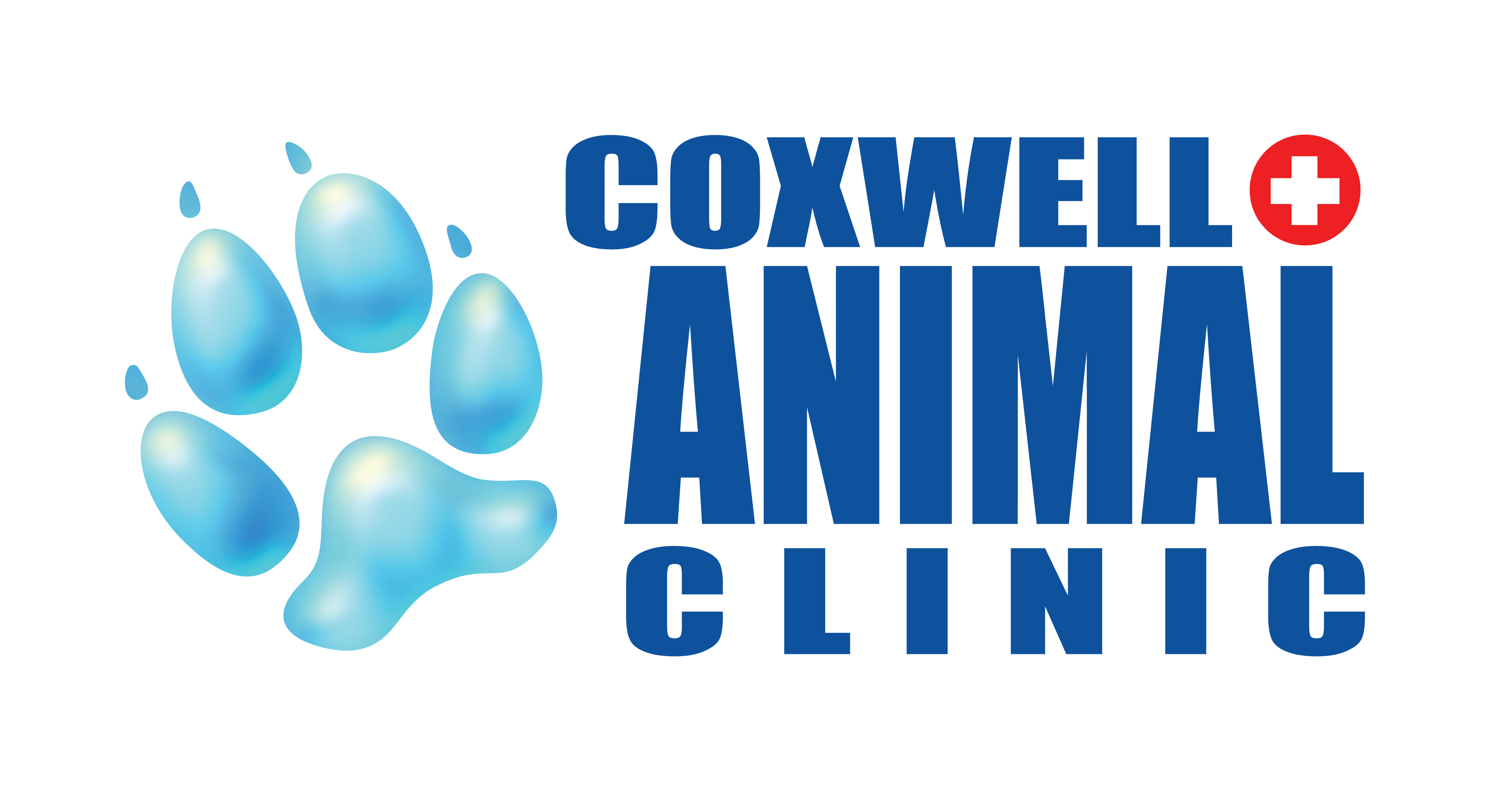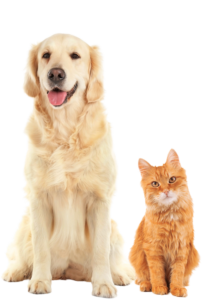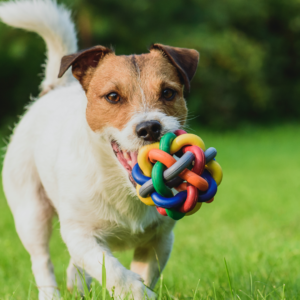As our puppies and kittens age, their deciduous or ‘baby’ teeth are replaced by permanent or ‘adult’ teeth. The age at which all of the deciduous teeth should have exfoliated or fallen out varies with different breeds and with the different types of teeth. Usually, the incisors or the front teeth are the first to exfoliate, while the canines and pre-molars tend to take a bit longer. Generally speaking, most of the deciduous teeth should have fallen out by the time that the puppy or kitten is around six months of age. However, there are some instances when the deciduous teeth fail to fall out when the permanent tooth has come in, this is what is referred to as a Persistent Deciduous Tooth. Often you will hear the term ‘retained deciduous tooth’ which is almost used synonymously with persistent, while retained actually refers to a tooth that has failed to erupt from the gums, whereas Persistent refers to the failure to ‘fall out’ or exfoliate in the appropriate time.
There is a high prevalence of persistent deciduous teeth in the smaller breeds, especially the toy breeds (Toy Poodles, Yorkshire terriers, etc.). This may indicate that there is a genetic component to retained teeth, but it is certainly possible with any breed! Generally what you will see when you look in your pet’s mouth is that the teeth appear crowded or their alignment looks abnormal (they can be angled towards the middle of your pet’s mouth or to the sides). The deciduous tooth appears narrower when alongside the fully erupted permanent tooth. The most common teeth that this affects are the canine teeth or the incisors.
So what does this mean for your pet and is this something to worry about?
When there are persistent or extra teeth in your pets’ mouth, this causes overcrowding of the teeth. This can leads to increased amounts of food, plaque and calculus accumulating on the extra teeth which exacerbate the development of periodontal disease. These persistent extra teeth can also lead to mal-positioned permanent teeth as they erupt and can lead to trauma of the hard palate. Sometimes there will be a persistent deciduous tooth and no permanent tooth to accompany it. This may be an indication that there are missing teeth in your pets’ mouth, and further assessment is warranted.
If there are persistent deciduous teeth, the recommendation is to have these teeth removed in order to reduce the rate of the periodontal disease developing. This will help to facilitate the proper alignment of the permanent teeth. As most of the deciduous teeth have usually exfoliated by six months, and most of our pets are undergoing a spay or neuter procedure at this time. It is recommended that is there are any persistent teeth present at the time of the surgery, then these will be removed at that time. This eliminates the need for additional general anesthesia to remove these teeth at a later date.
A thorough oral examination is performed as your pet grows each time they are in for a vaccine appointment. To ensure that we are documenting if there are any missing or persistent teeth. If it is noted that there are missing permanent teeth, it is important to perform dental radiographs to assess if the teeth have failed to erupt. Teeth located under the gums can cause problems down the road (such as abscesses).
Evaluating your pets’ oral health is just one part of a thorough physical exam and dental health is a key component in the overall health of your pet!
Written by: Dr. Brittany Martin, DVM



